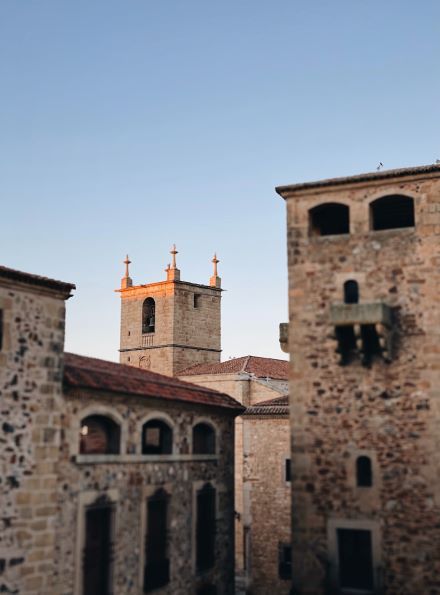Spain: Discover the Extremadura experience
With one of the largest and most diverse collections of monuments, Extremadura provides a one-of-a-kind opportunity to discover culture through living it, touching it, experiencing it, and exploring it firsthand.





